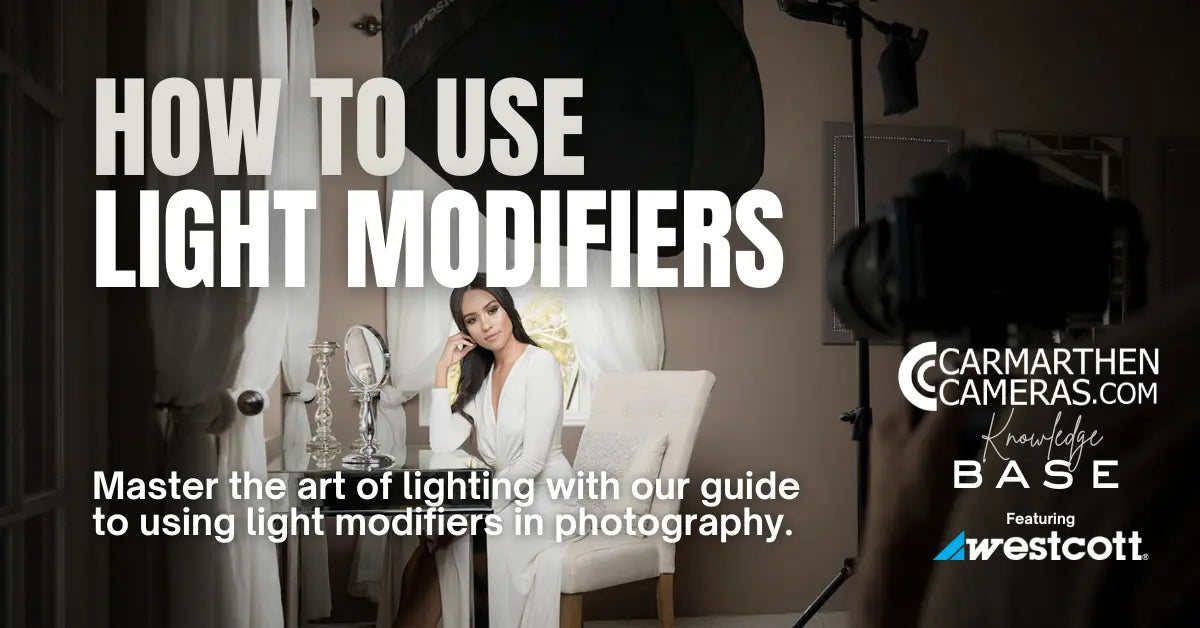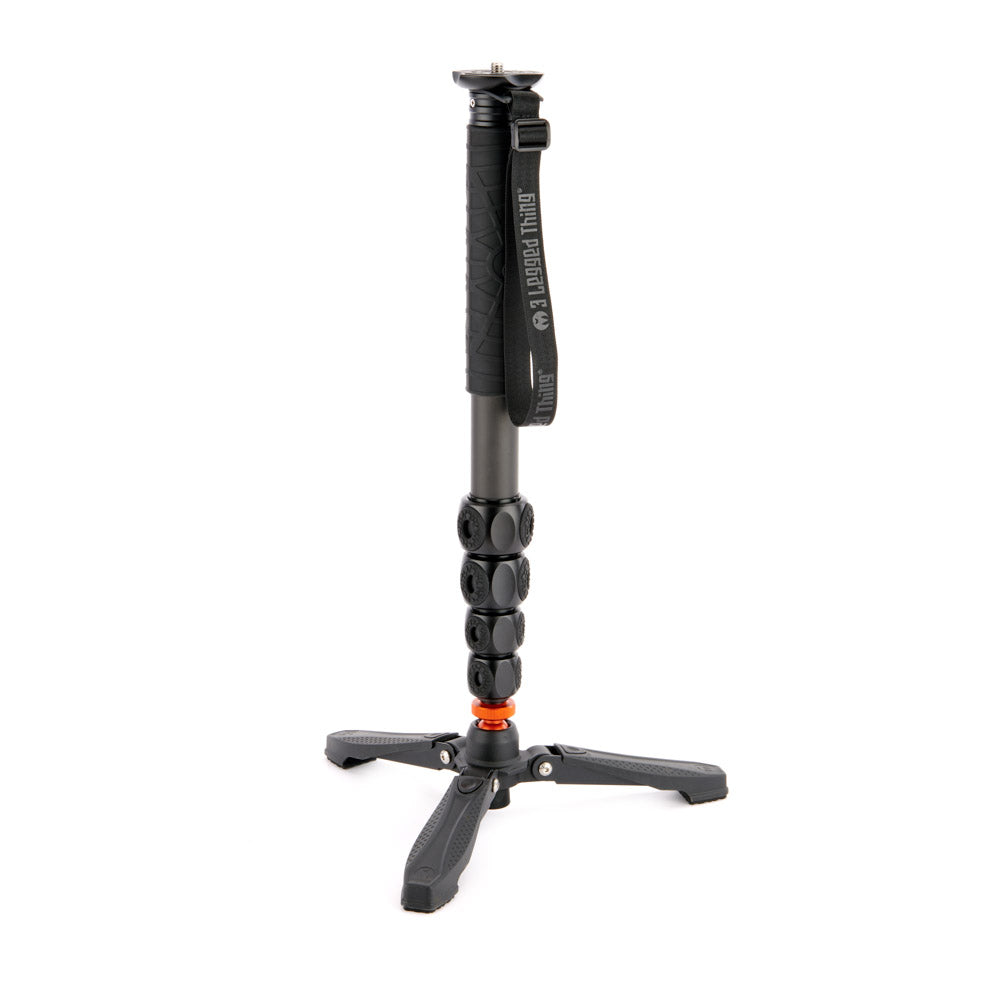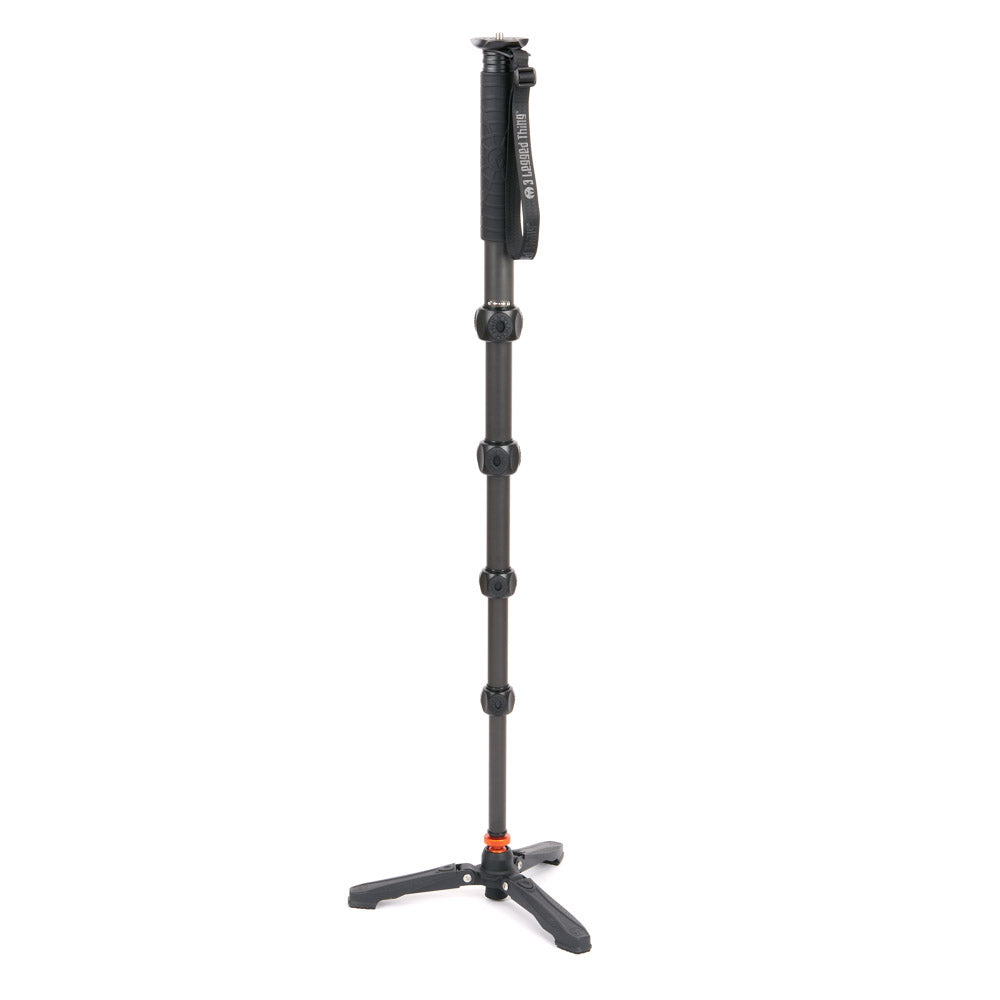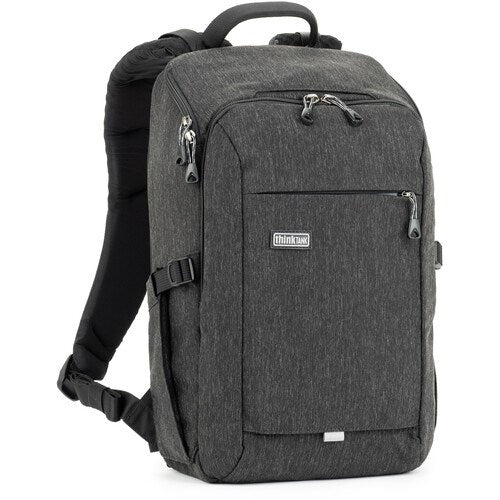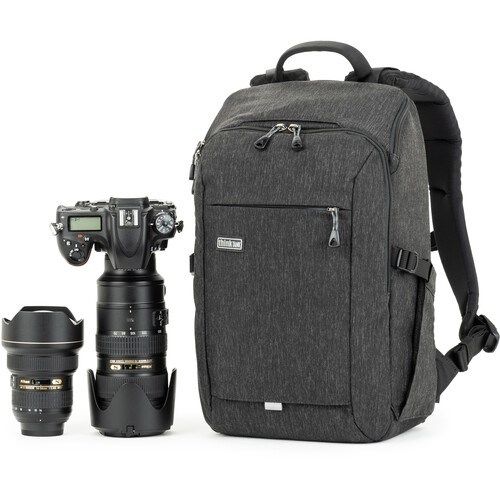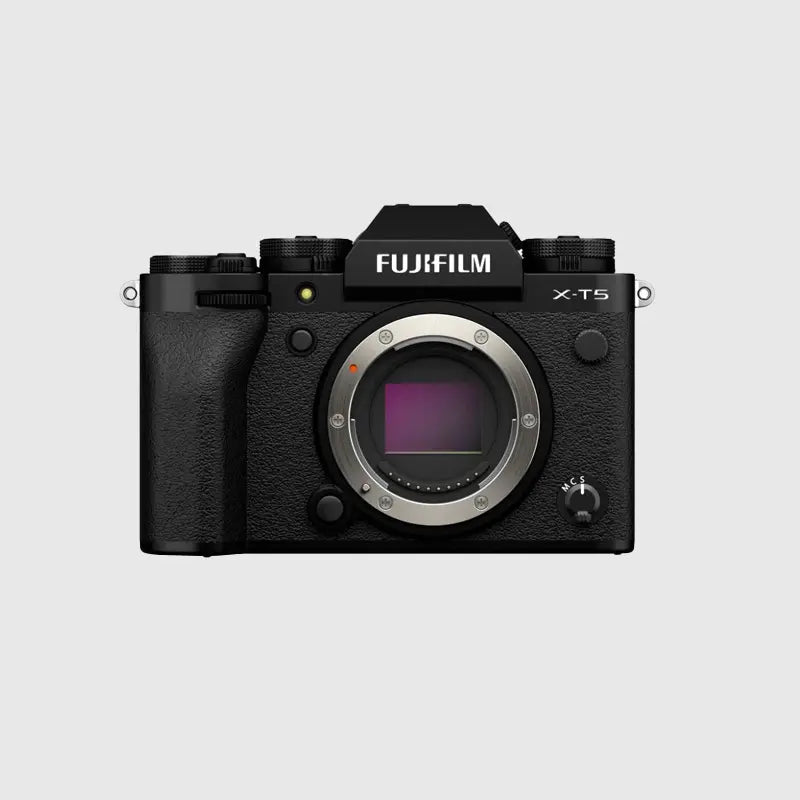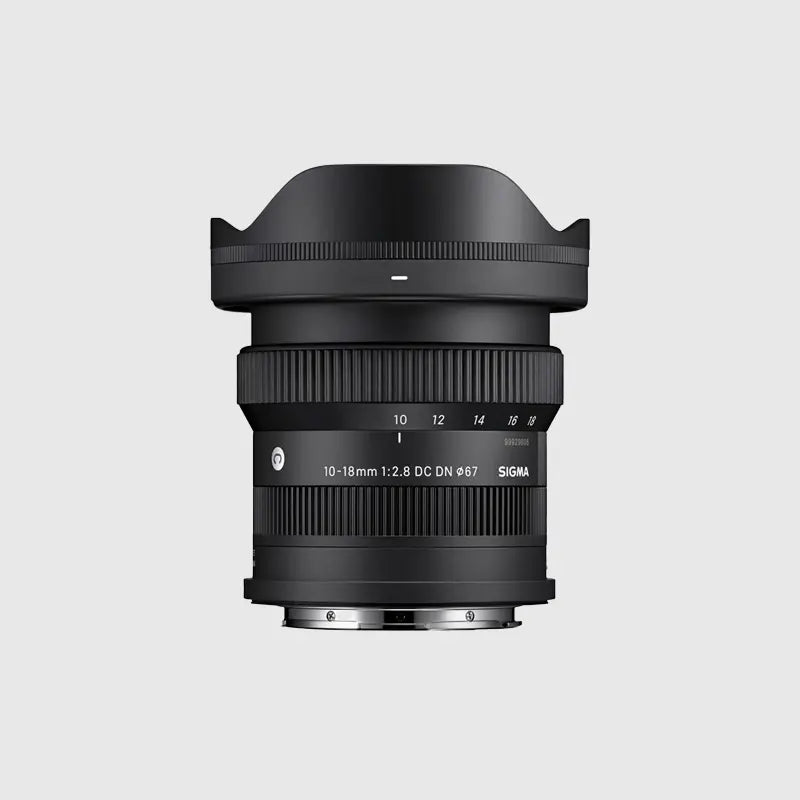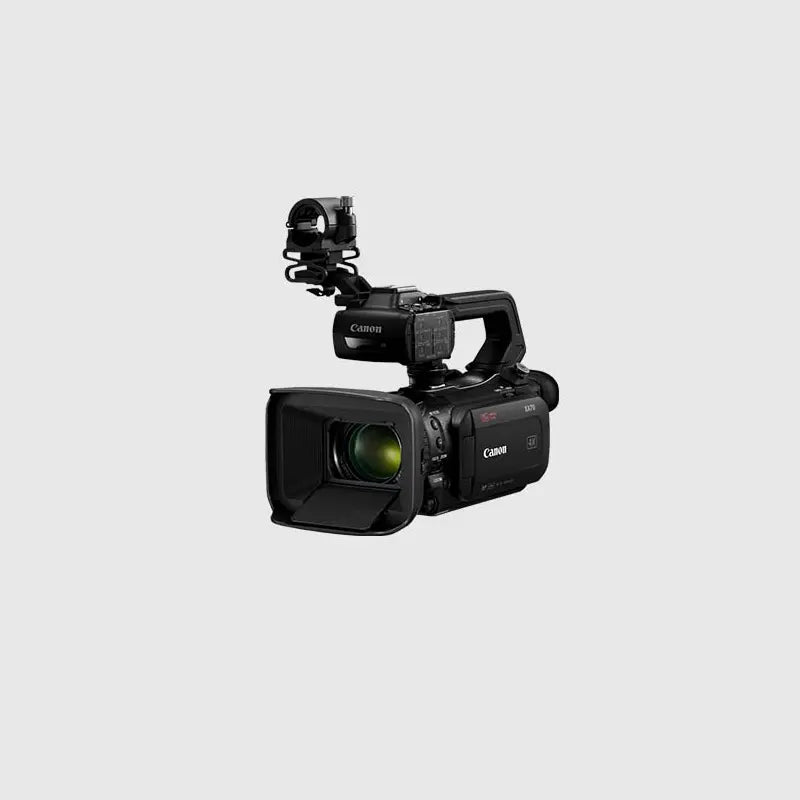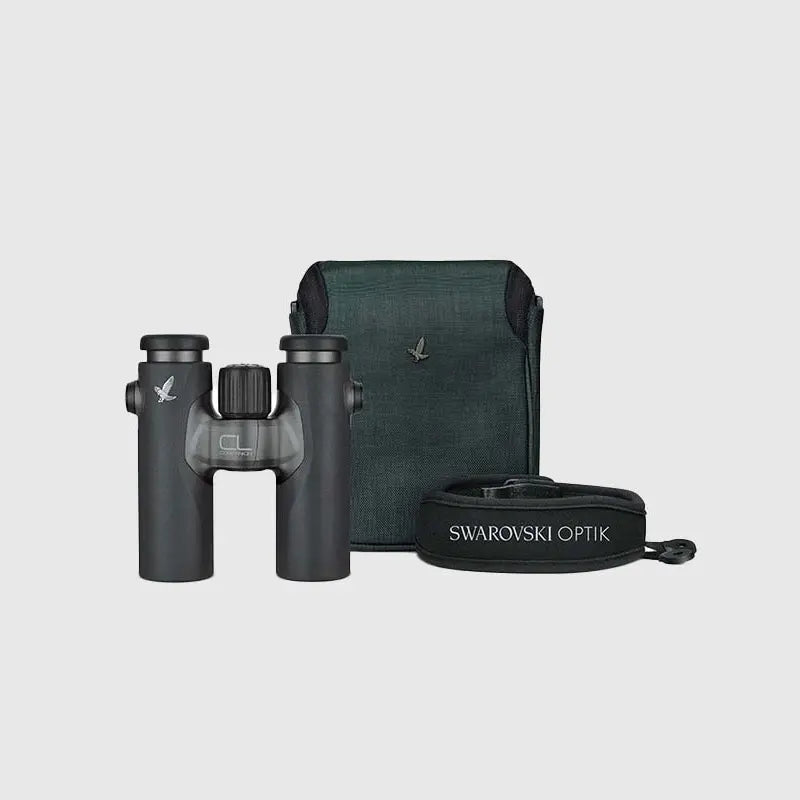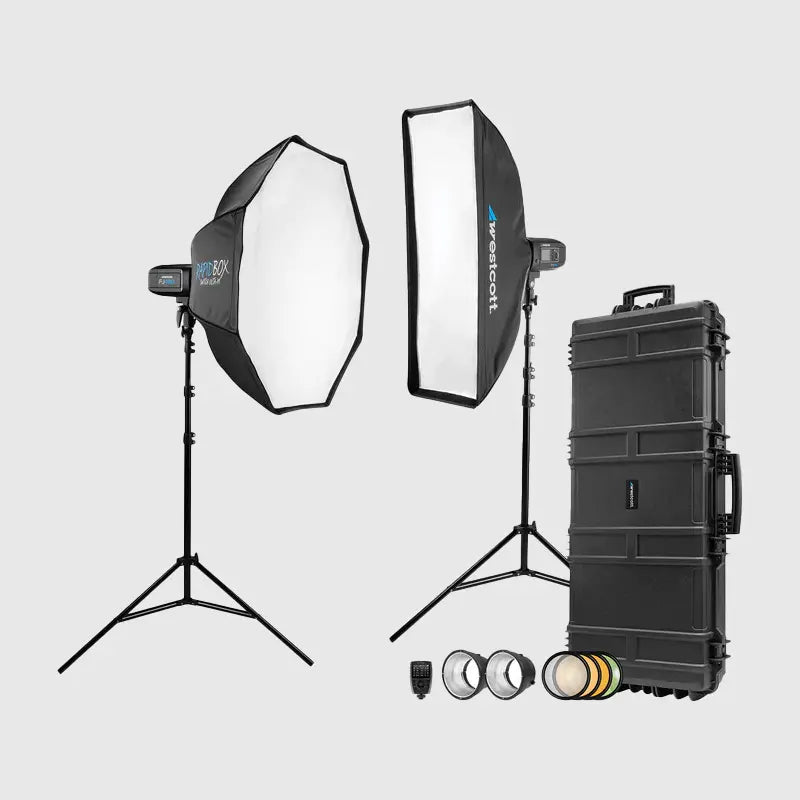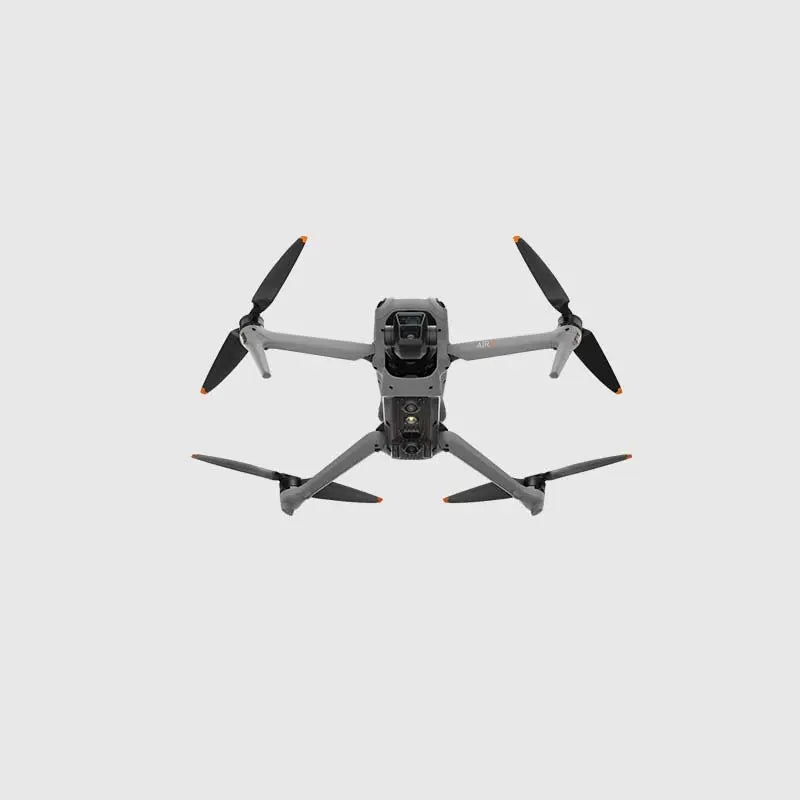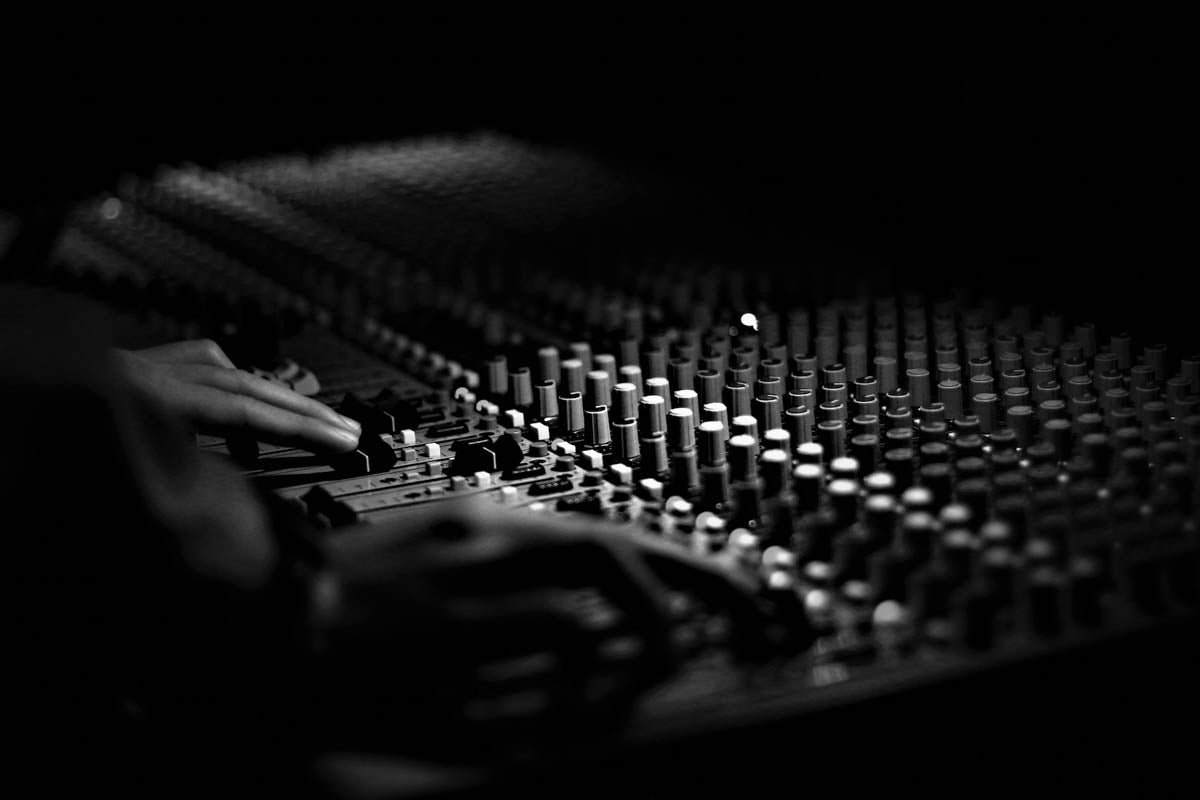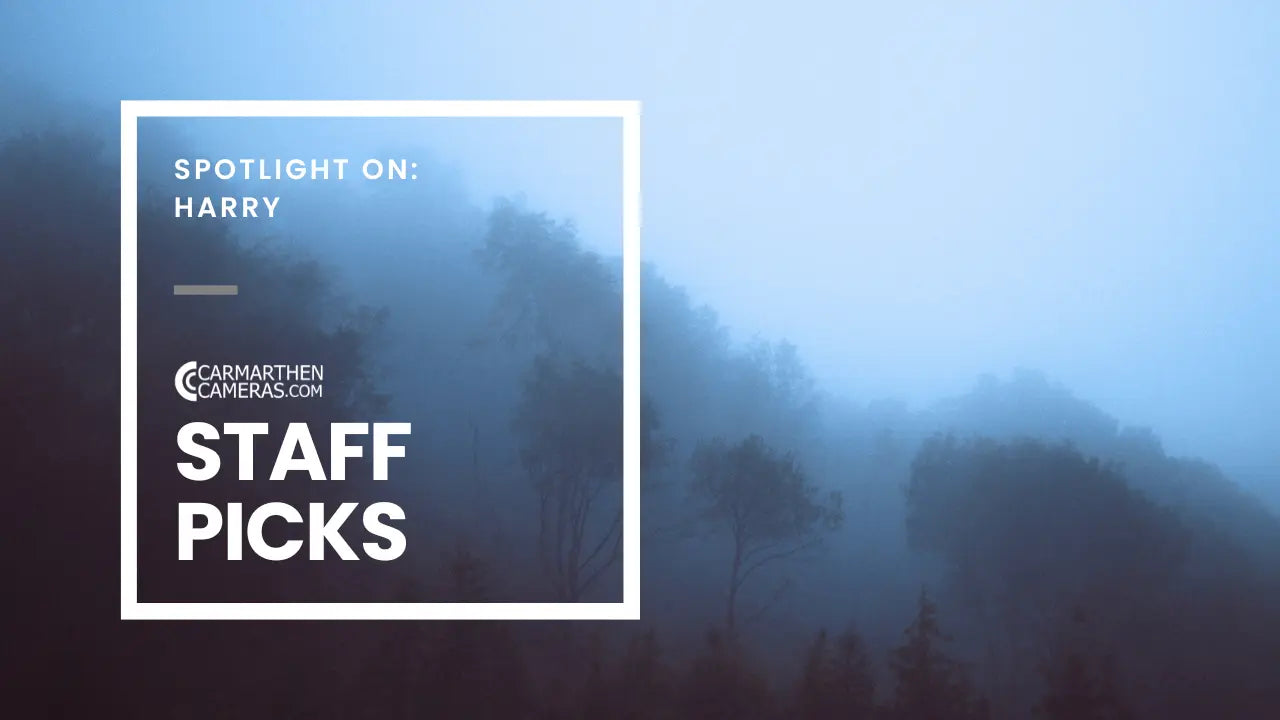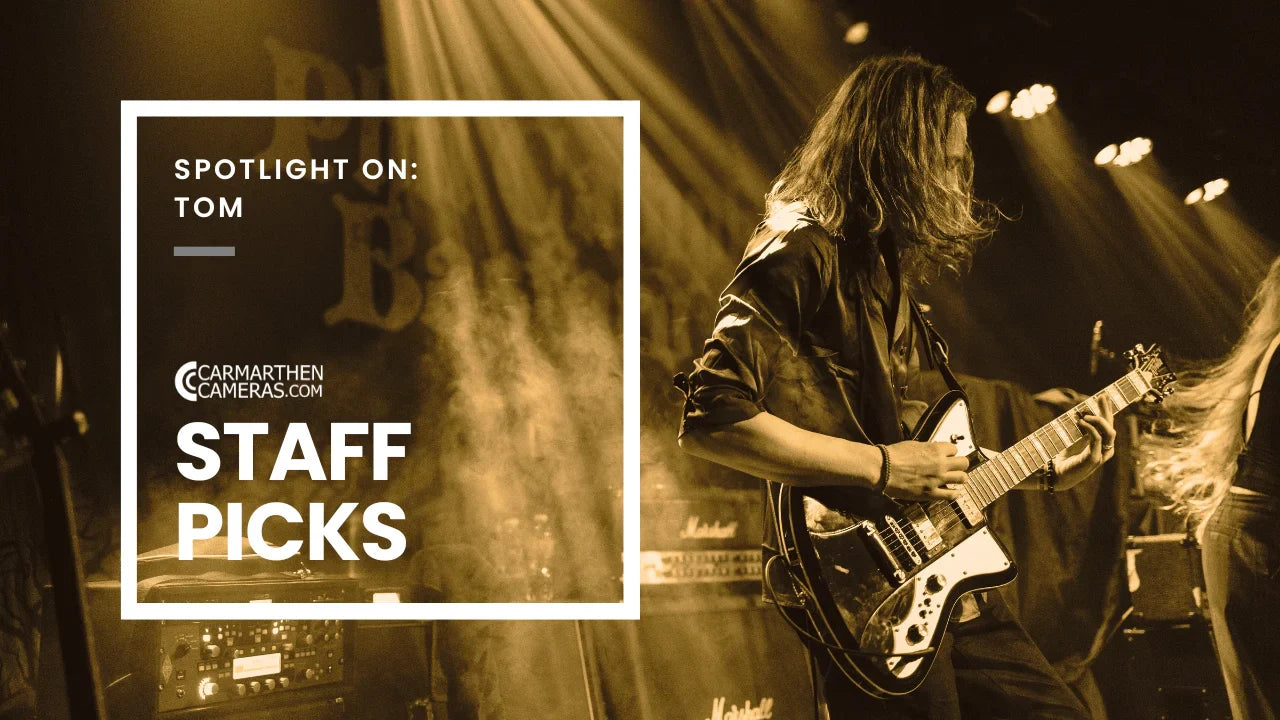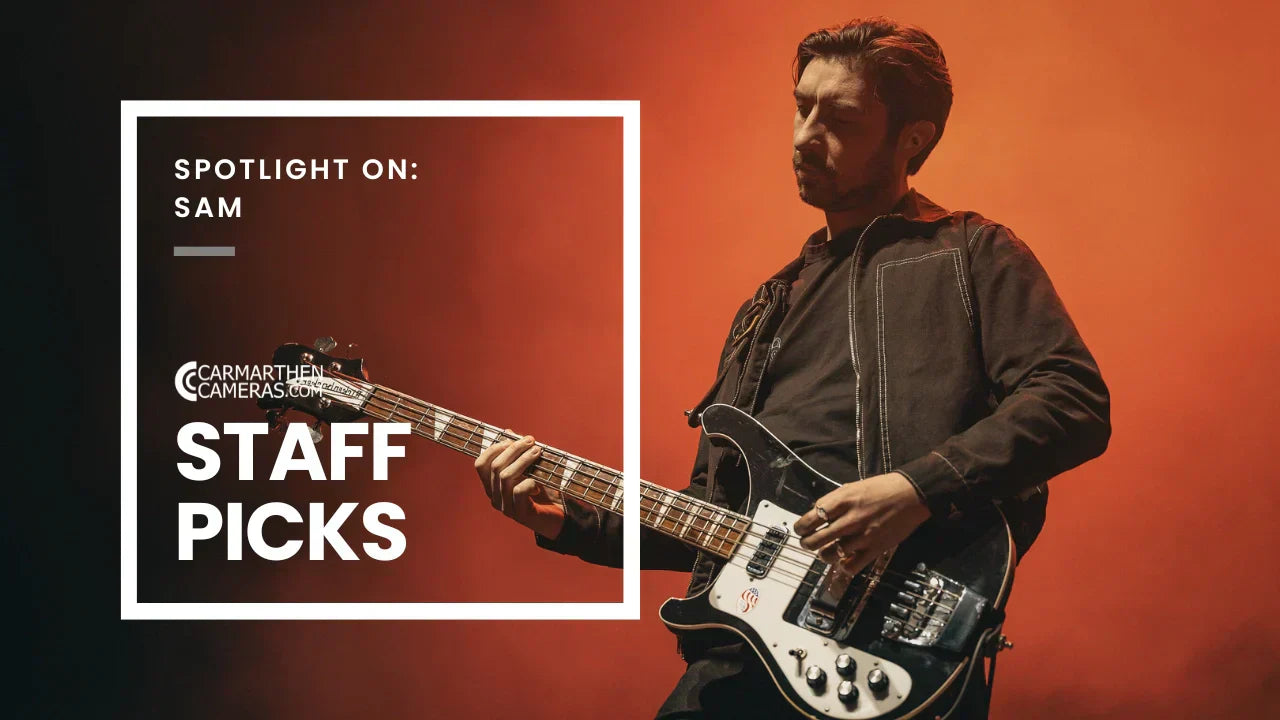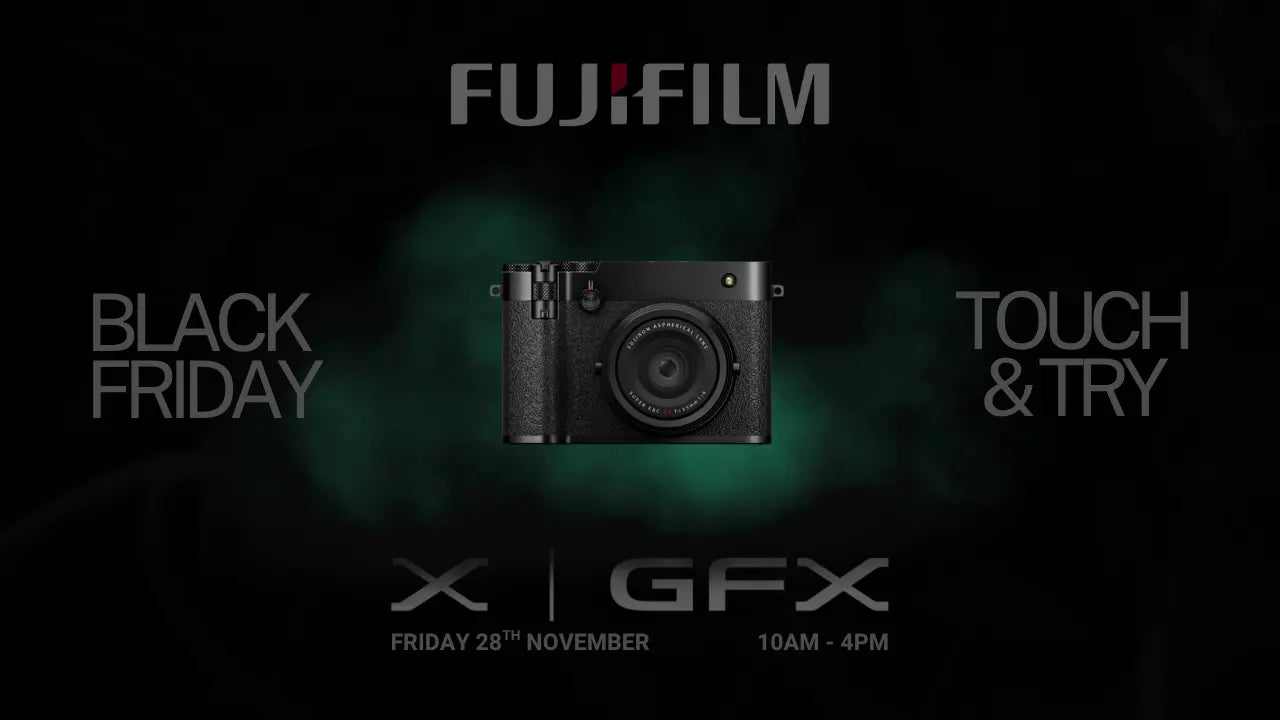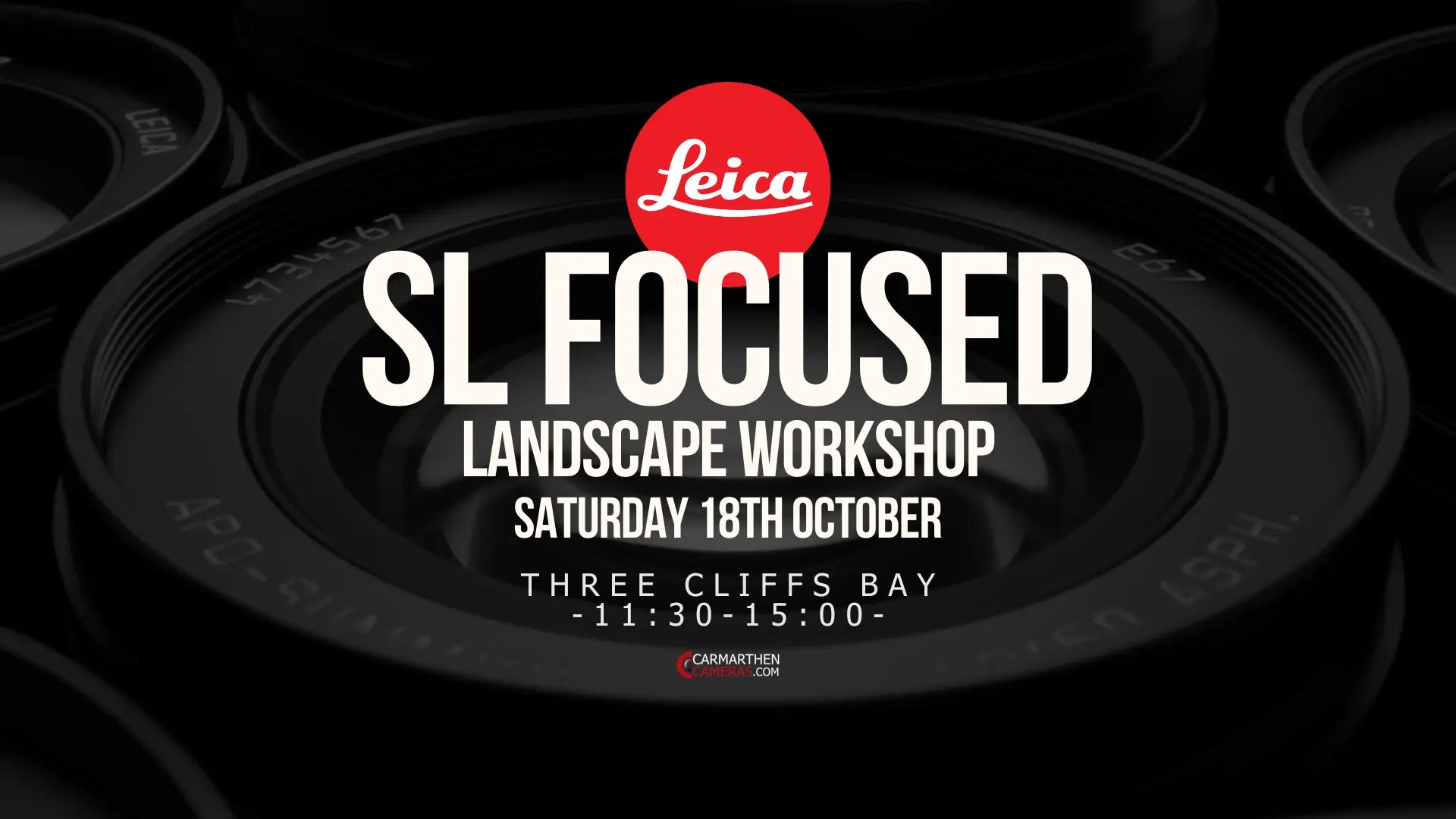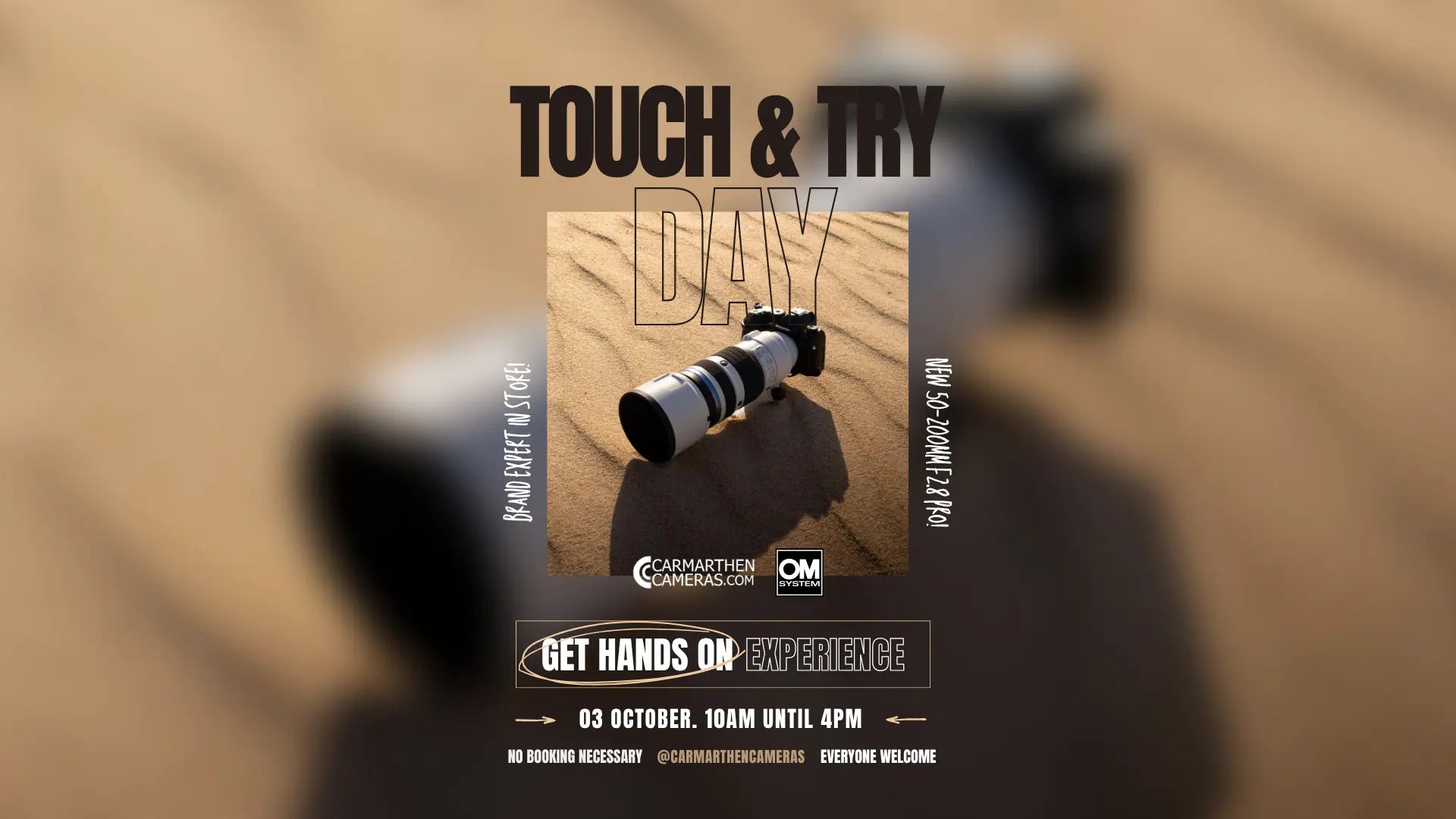Light is the backbone of photography – how you shape it can turn a flat, uninspiring image into something with real depth and emotion. That’s where light modifiers come in. Whether you're in a studio or shooting on location, understanding how to use different modifiers will help you take more control over your images and achieve a consistent, professional look.
What Are Light Modifiers?
Light modifiers are tools used to control the quality, direction, and intensity of light. They help you manipulate shadows, highlights, and the overall feel of an image. Common types include softboxes, umbrellas, reflectors, beauty dishes, grids, and diffusers.
Types of Light Modifiers & How to Use Them

1. Softboxes
Softboxes are rectangular or octagonal modifiers that diffuse light, creating soft, even illumination with pleasing shadows. Ideal for portraits and product photography, they mimic natural window light.
How to use:
Place the softbox close to your subject for softer light. Angle it at 45 degrees for flattering, dimensional lighting. The larger the softbox (relative to the subject), the softer the effect.
Recommended Products from Westcott
- Westcott Beauty Dish Switch by Manny Ortiz 36 (White Interior) 2547
- Westcott Rapid Softbox Switch Octa-M - 2522
- Westcott Apollo Strip Softbox Kit (12 x 36") 2366
- Westcott Rapid Box Switch Octa-S 26" Softbox - Ideal for portraits

2. Umbrellas
Umbrellas are lightweight, portable, and great for beginners. There are two main types:
-
Shoot-through umbrellas diffuse light, similar to a softbox.
-
Reflective umbrellas bounce light back onto the subject for a broader, more contrasty look.
How to use:
Shoot-throughs are placed between the flash and subject, while reflective types are placed behind the light, pointing into the umbrella to bounce the light.
Recommended Products from Westcott
-
Westcott 43-inch Optical Satin Collapsible Umbrella with Removable Black Cover - White 2011
- Westcott 4633 7-Feet Silver with Black Cover Parabolic Umbrella
- Westcott Deep Umbrella - Silver Bounce (53") 5635
- Westcott Standard Umbrella - Soft Silver Bounce 45-inch
- Westcott 43 inch Optical White Satin Collapsible Umbrella

3. Reflectors
Reflectors bounce existing light back onto your subject, helping to fill in shadows and balance contrast. Available in white, silver, gold, and black for different effects.
How to use:
Use a white or silver reflector opposite your main light source to lift shadows under the chin or on one side of the face. Gold reflectors add warmth – great for golden hour vibes.
Recommended Products from Westcott
-
Westcott Illuminator Collapsible 5-in-1 Reflector (20")
- Westcott Fusion 10-in-1 Light Control System by Sal Cincotta

4. Beauty Dishes
Popular in fashion and portrait photography, beauty dishes create a crisp light with soft falloff and natural-looking shadows. They add a signature catchlight to the eyes and highlight skin textures beautifully.
How to use:
Position it slightly above the subject’s eye line, pointed down at a 30–45° angle. For softer results, use a sock diffuser over the dish.
Recommended Products from Westcott
- Westcott Switch Beauty Dish (24")
- Westcott Beauty Dish Switch 24" (White Interior) 2520
- Westcott Beauty Dish Switch by Manny Ortiz 36 (White Interior) 2547

5. Grids
Grids focus the light, narrowing its spread and reducing spill. They're perfect for creating moodier, dramatic lighting or for backlighting without flaring the lens.
How to use:
Attach a grid to your softbox or reflector dish to control the beam of light. Ideal for rim lighting or spotlighting a specific part of the frame.
Recommended Products from Westcott
-
Westcott 40-Degree Egg Crate Grid for Rapid Box Switch 3x3
- Westcott 40° Eggcrate Grid for Rapid Box Octa 26" and Switch Octa-S
- Westcott 40-Degree Egg Crate Grid for Rapid Box Switch 2x3 (2838)
- Westcott 40-Degree Egg Crate Grid for Beauty Dish & Beauty Dish Switch (24") 2833
- Westcott 40-Degree Egg Crate Grid for Rapid Box Switch Octa-L & Octa XXL

6. Diffusers
These are simple translucent materials (like scrims or diffusion panels) placed between your light source and subject to soften harsh light, especially outdoors under the sun.
How to use:
Hold the diffuser overhead or mount it on a stand to block direct sunlight or soften flash/strobe output.
Recommended Products from Westcott
- Westcott FJ80 Magnetic Diffusion Dome 4757
- Westcott Parabolic White Diffusion Front for 2.2m Westcott umbrella 4631D
- Westcott Diffusion Panel for 24" Deep Umbrella (5629)
Tips for Using Light Modifiers Effectively
-
Distance matters: Bringing the modifier closer softens light; moving it back hardens it.
-
Size affects softness: Larger modifiers relative to your subject create softer light.
-
Direction controls mood: Overhead creates drama, front-on flattens, side lighting adds depth.
-
Experiment: Try combining modifiers (e.g. softbox with a grid) to fine-tune your lighting style.
Final Thoughts
Learning how to use light modifiers will dramatically improve the quality of your images, whether you're shooting portraits, products, or editorial work. It’s not about owning every modifier – it’s about understanding how light behaves and choosing the right tools to shape it.

